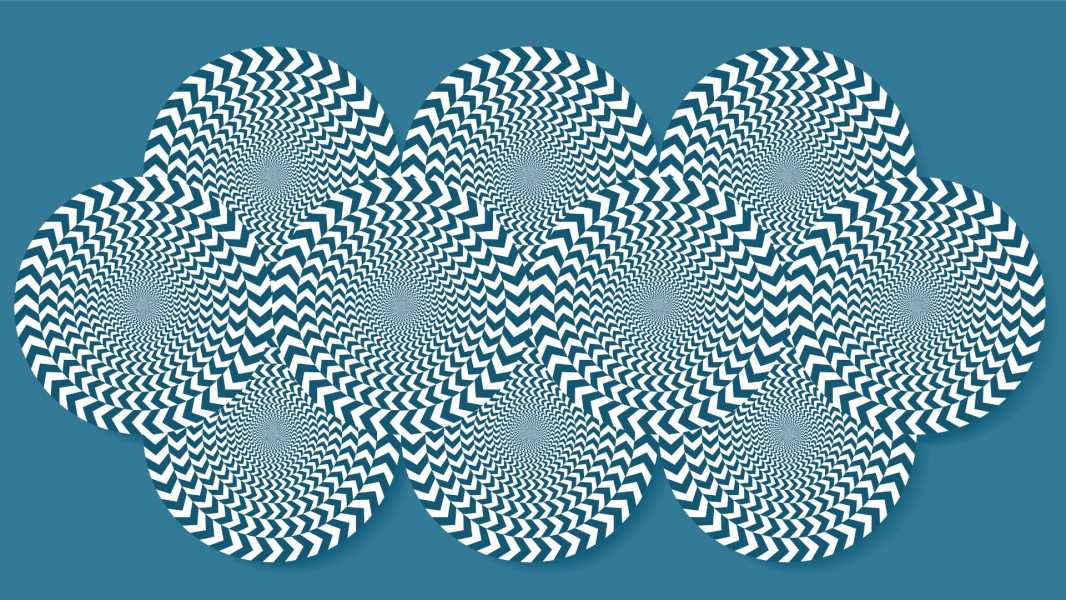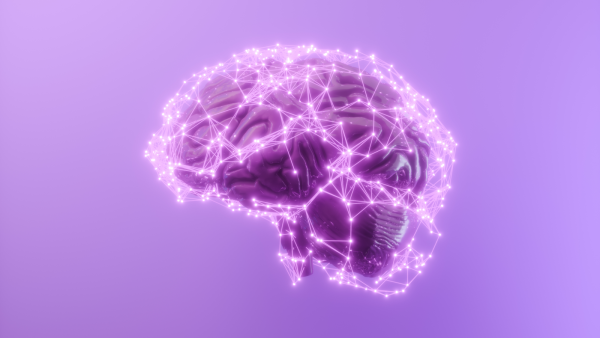
Illusions like these disrupt the brain's visual processing system, causing viewers to perceive things that aren't really there. (Image credit: Eva Almqvist via Getty Images)
Optical illusions manipulate your perception and can make you see things that aren’t really there, from static images that spin on a page to images that linger in your mind even after you turn away. From a scientific perspective, researchers use optical illusions to understand how people see and process visual information, although the mechanisms behind many of them are still an unsolved mystery.
This list is based on the definition of optical illusion from Merriam-Webster, which states that an optical illusion is “a misleading image perceived by the eyes.” However, some scientists believe that the term “optical illusion” should only apply to physical phenomena caused by the interaction of light with matter, and that illusions that occur solely in the brain should technically be called “visual illusions.”
Warning: Some of these images may cause dizziness. Caution is also advised for people with sensitivity to light.
You may like
Sourse: www.livescience.com





